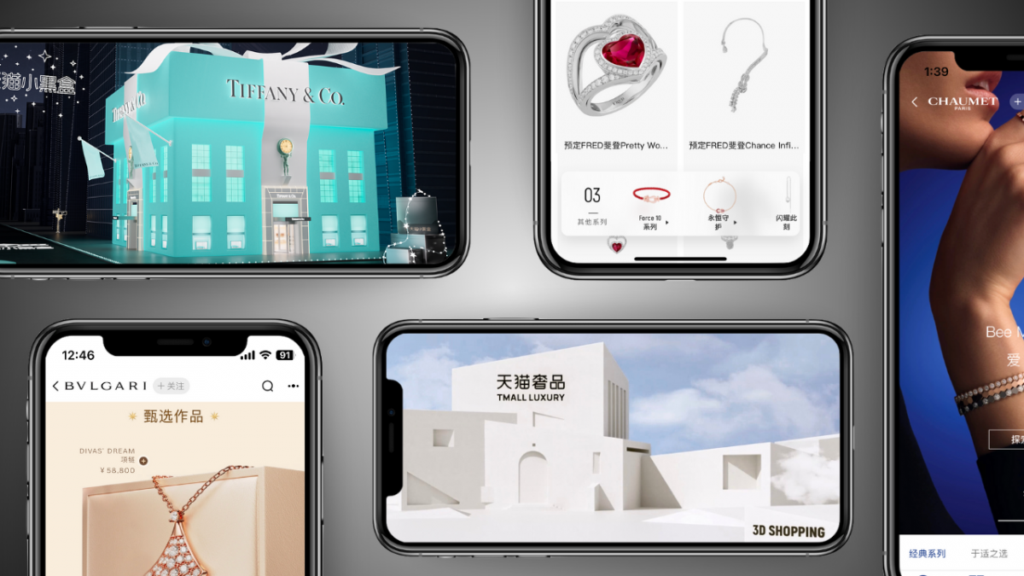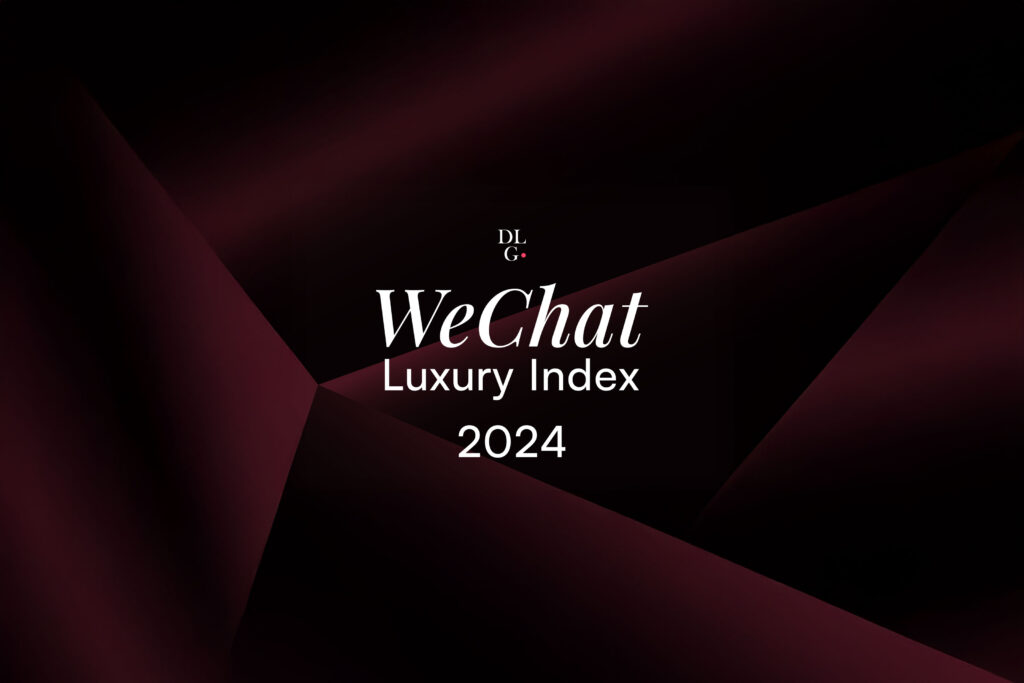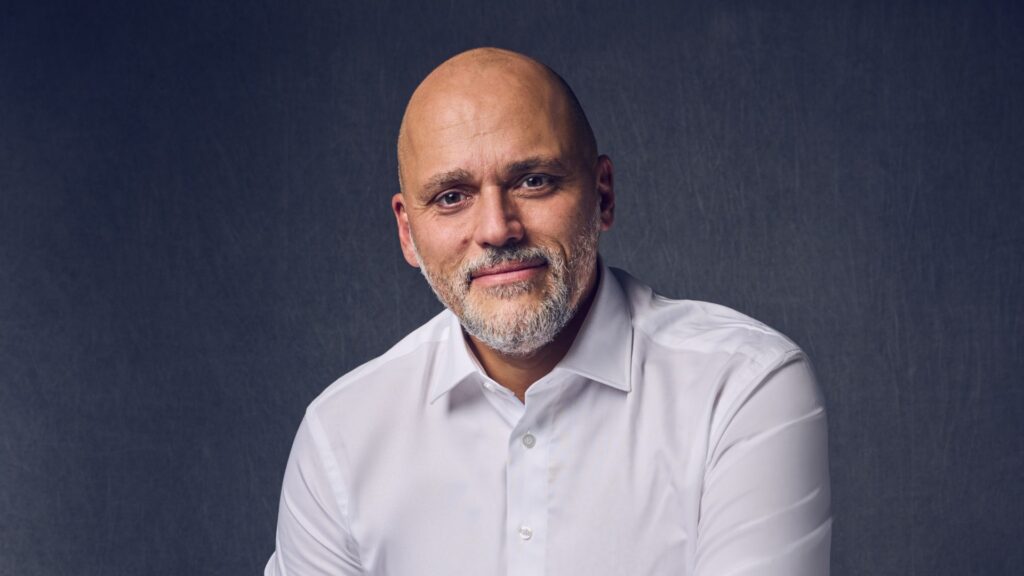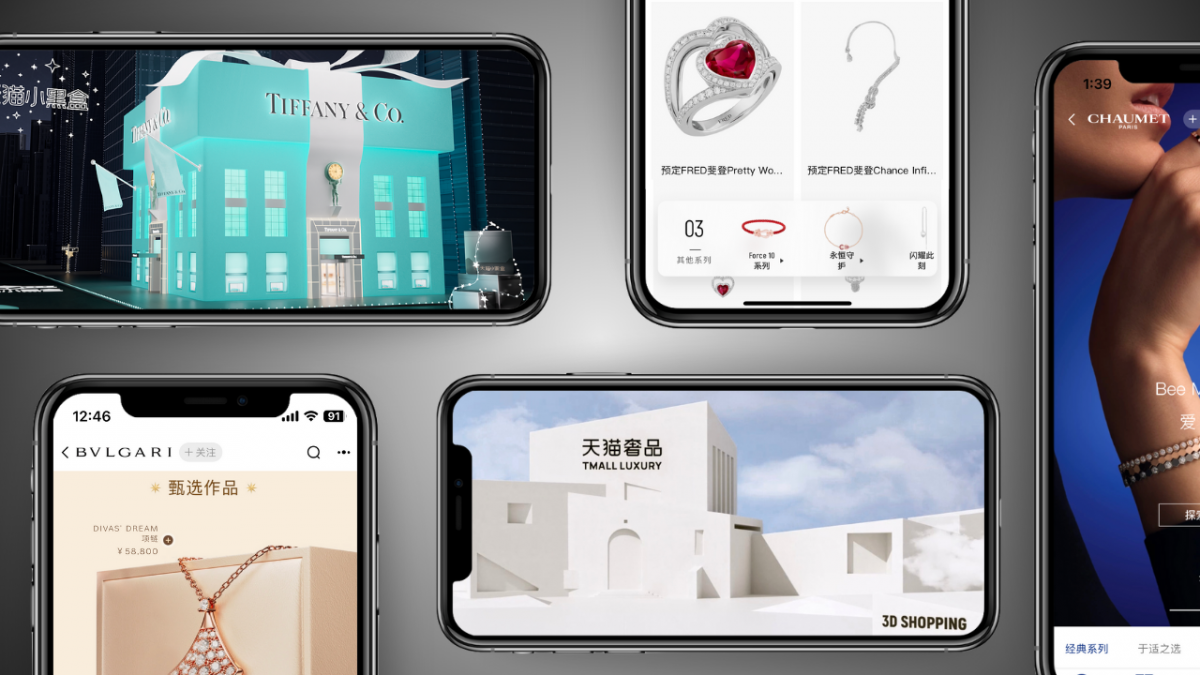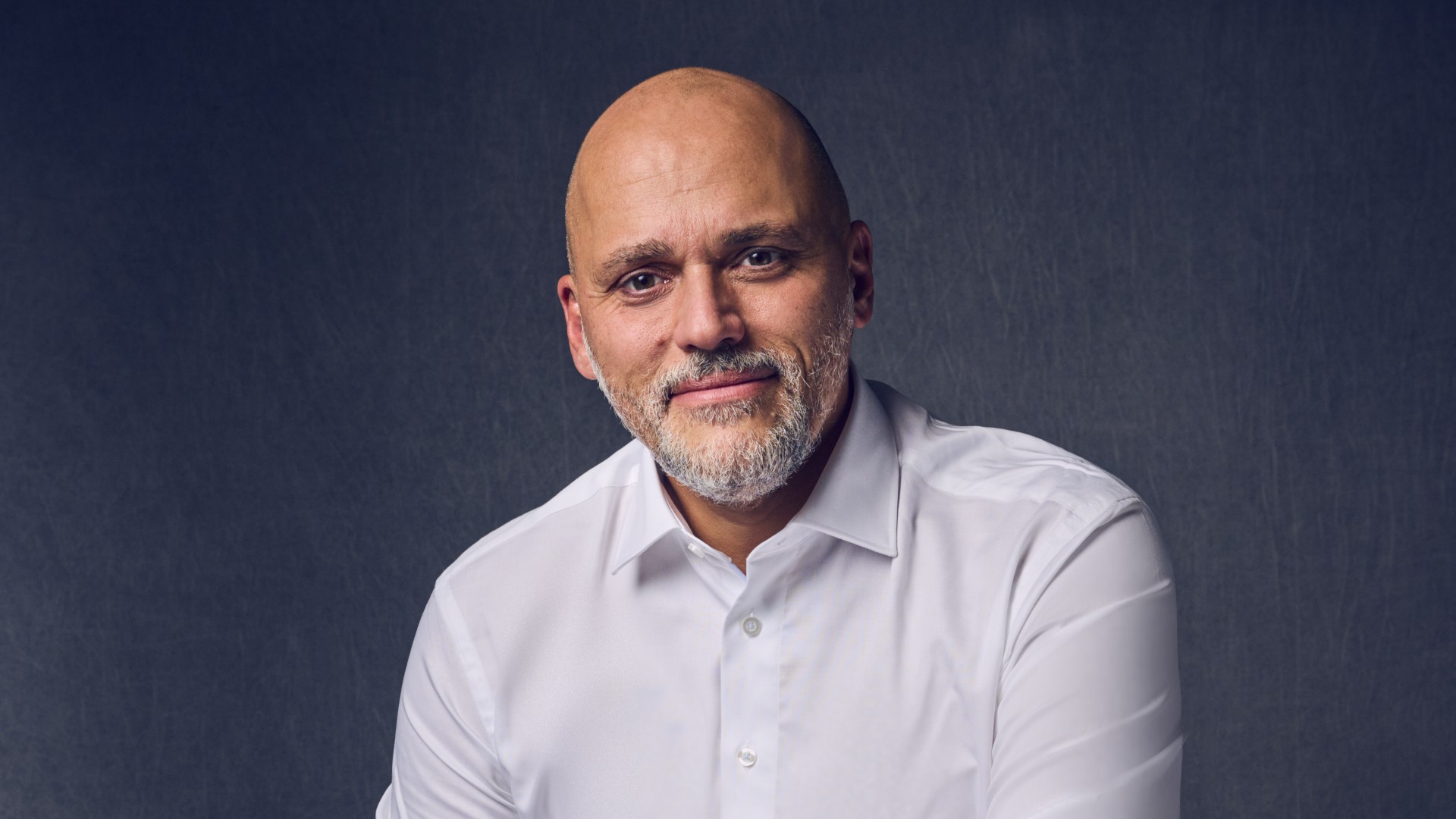Two of the top luxury brands in the world have wildly different brand strategies. The question is: who will prevail?

Gucci, on the opposite, is distinguished by:
- Higher turnover at CEO level. Mark Lee‘s tenure at Gucci lasted 4 years (2004-2008) and he was considered by WWD “one of the industry’s most admired executives — who grew Gucci revenues 46 percent during his four-year tenure but saw its rise wobble.” Patrizio Di Marco (who then married the brand creative director Frida Giannini) stayed on board until 2014, then Marco Bizzarri joined in 2014. In an interview at the Italian newspaper Corriere della Sera, he said that “a CEO must leave his post after 5-6 years tenure, otherwise he risks to be overwhelmed by self-gratification.” This high turnover gives strong shots of energy to the brand and high growth rates but also puts it at risk of rapid exhaustion.
- Monolithic creative direction. Following Tom Ford’s forced departure, both Frida Giannini and her successor Alessandro Michele took the reigns overlooking all the product categories developed by the brand and giving to it their strong and distinctive imprinting, starting from scratch with their own personal brand development.
- Designer centric
- Established in 1921, it has around 11,500 employees
- There are 529 directly-operated stores, a wholesale network and quite a relevant network of outlets
- The last cruise collection depicted a very dark vision of the brand, including a nighttime show in Arles in an ancient cemetery full of esoteric symbols displayed on the products. Alessandro Michele’s obsession for the dark world and for death was clearly represented in this event marked by church bells and night walks fiery catwalks.
The very interesting evolution of these two brands is clearly influenced by their own bosses, the chairmans of LVMH and Kering. With different visions of business and personal approach to life, Bernard Arnault and Francois- Henry Pinault are driving the competition as undisputed leaders.
Since the arrival of Alessandro Michele at the creative direction of Gucci, the brands apparently took a very different brand image direction.
It seems like Michele married the idea of being driven by esoteric inspiration and obsession for the afterlife with a parallel dimension inhabited by weird creatures, freaks and Freemasonry symbols. Where models walk around with their own severed head under the armpit and where esoteric animals live a very unusual life.
It seems that Michele tried to drive the Star War Force to learn and expand key skills to win the battle. He created a sort of Dark Empire fighting to conquer the throne and become the king of the Expanded Universe. His world is murky and full of shadows. He plays around with power symbols trying to lure a never-ending success and recognition. He acts like a fallen angel, in constant conflict with peace and light.
On the other side, Louis Vuitton’s Virgil Abloh developed the opposite for his first show. A rainbow catwalk created in the garden of the Palais Royal, sunshine, light colors and lots of white. An emotional, happy gathering that also marked the successful path of an African-American from Rockford, Illinois. Paradise on Earth. Abloh set himself as the champion of the Expanded Universe. Obsessed by the good, enjoyable life. Surrounded by Light.

In what has rapidly become a Stars War, where the Empire fights the Jedi, the Dark wants to overwhelm the Light, Gucci and Vuitton represent the fierce competition between devils and angels, the short-term profit and the long-term endurance.
Will the Sith be able to reign over the galaxy?
Will the Jedi light side prevail over the dark side of the Force?
May the Force be with them.
Cover image credit: Gucci/Facebook.


